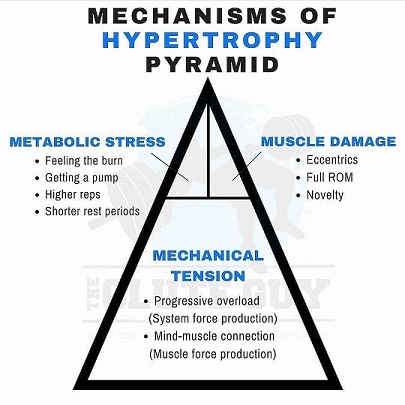watchnerd
Level 8 Valued Member
Sorry for not being clear here. I meant these would be sort of goals instead of something one could just choose to start doing. So if I for example can do 3-4 sessions a week with a 32kg at the moment, can I have a goal of being able to handle 32kg "almost daily" instead of keeping the frequency at 3-4 and going heavier, and what are the pros and cons in the results.
When it comes to general fitness (not sport specific), when faced with these questions I ask myself:
"What's the cost / benefit of the extra training time to progress from to a heavier 'daily driver' kettlebell swing vs working on something else totally different?"
For me, the fitness ROI in progressing from a 32 kg to 36 kg daily swing is not nearly as good as taking that same time and working on something I'm weak at.
In other words, what's the opportunity cost?
There are diminishing returns to most exercises and dangers in over-specialization.

